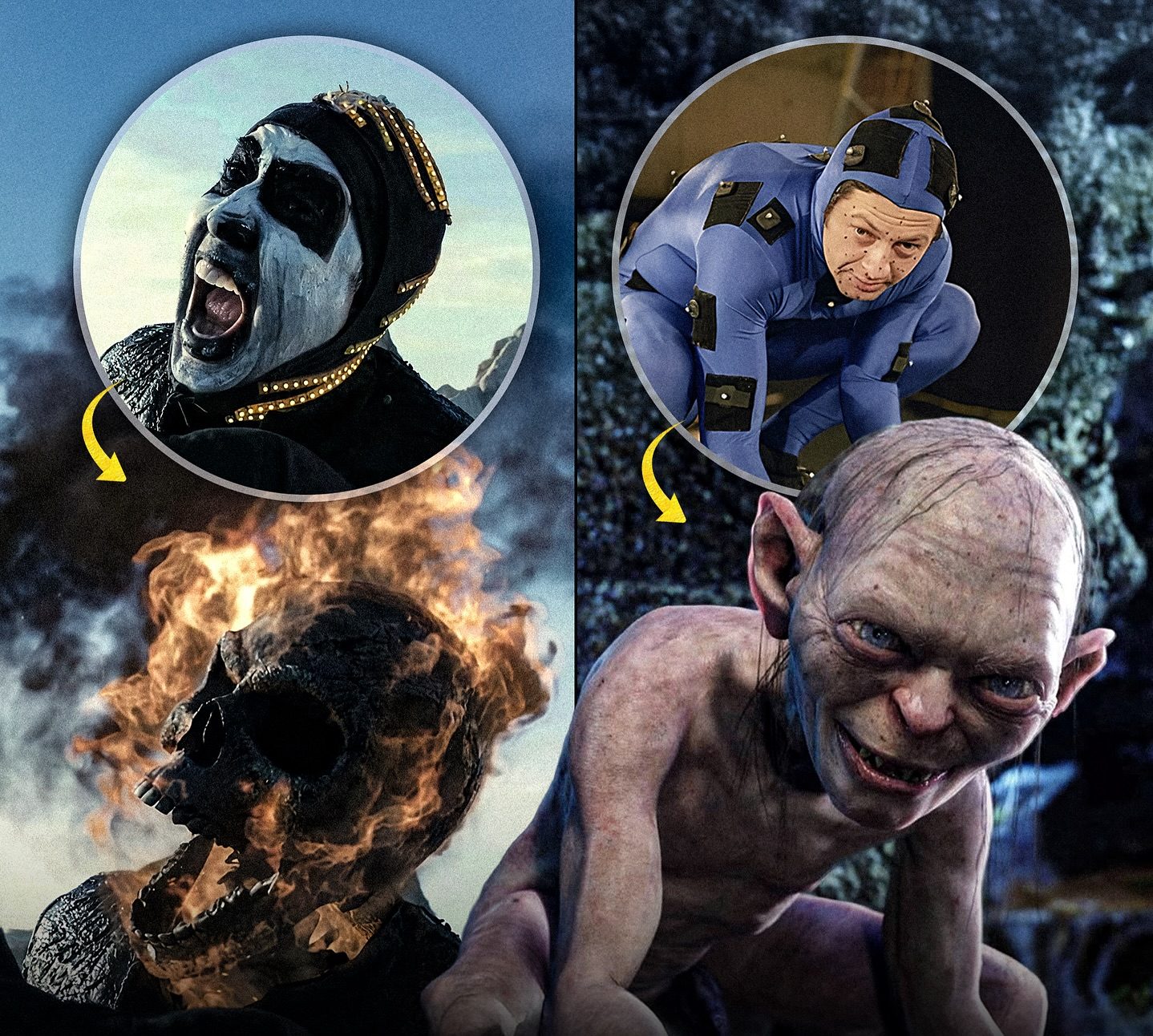From Empty Sets to Epic Worlds: How CGI Turns Actors and Foam Props Into Cinematic Legends
Every time you sit in a dark theater, popcorn in hand, and watch a dragon soar over a battlefield or a superhero ignite in flames, you’re witnessing something that didn’t exist — not the fire, not the wings, not even the background. What you’re really seeing is thousands of hours of invisible artistry known as CGI — computer-generated imagery — layered over real footage to create movie magic so believable that your mind never questions it.
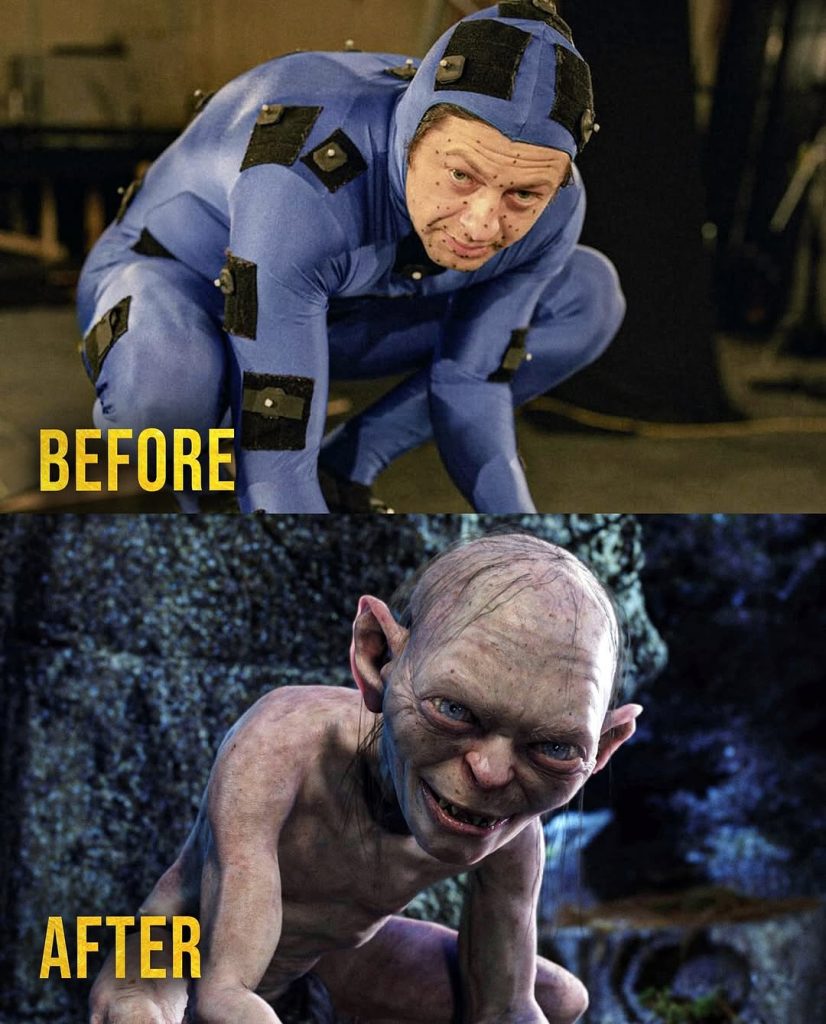
Behind every jaw-dropping sequence lies a quiet, almost secret world. On set, things look nothing like what ends up on screen. Actors are surrounded by green walls, fake rocks, foam swords, and sometimes, just empty space. The magic doesn’t happen under the camera lens. It happens months later in dark studios where artists paint every pixel, build every creature, and light every frame until it looks like something real.
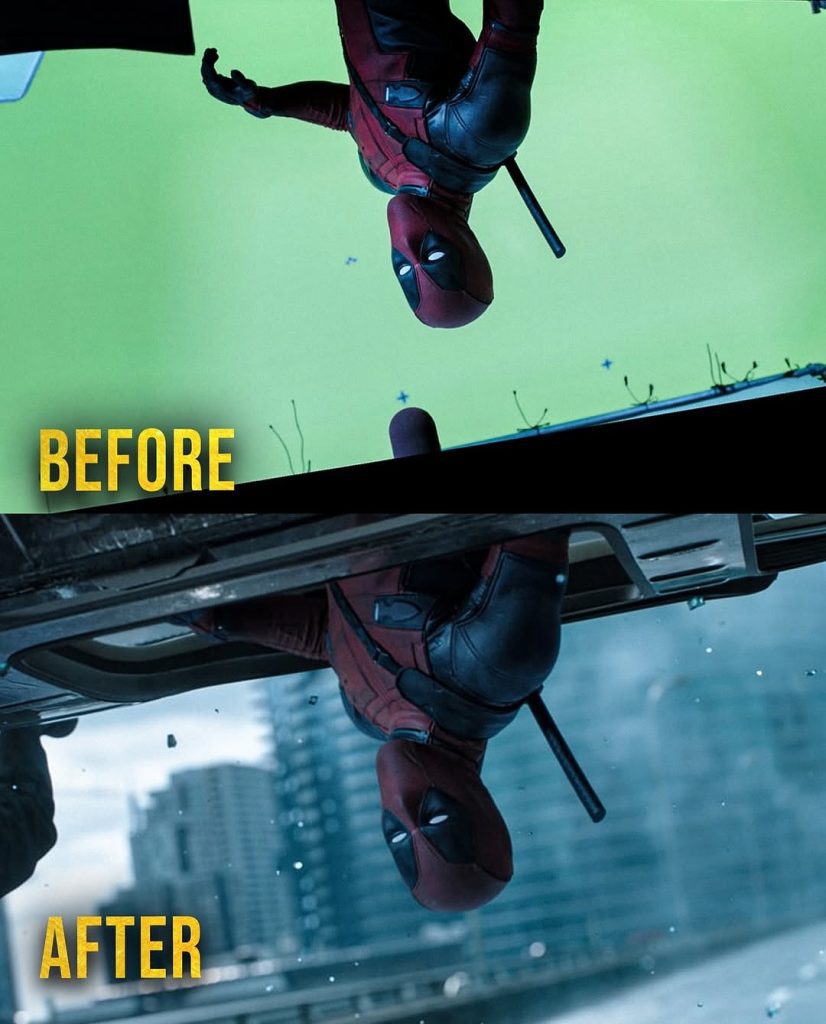
Think of Andy Serkis, crouched on the floor in a tight blue motion-capture suit covered in tracking dots. In that moment, he isn’t Gollum from The Lord of the Rings. He’s a man performing on a blank stage. But once his movements are digitally mapped and transformed through CGI, his trembling eyes, fragile voice, and slouched figure turn into one of the most iconic digital characters in cinema history. What the camera saw was a man. What we saw was a tortured creature whispering, “My precious.”
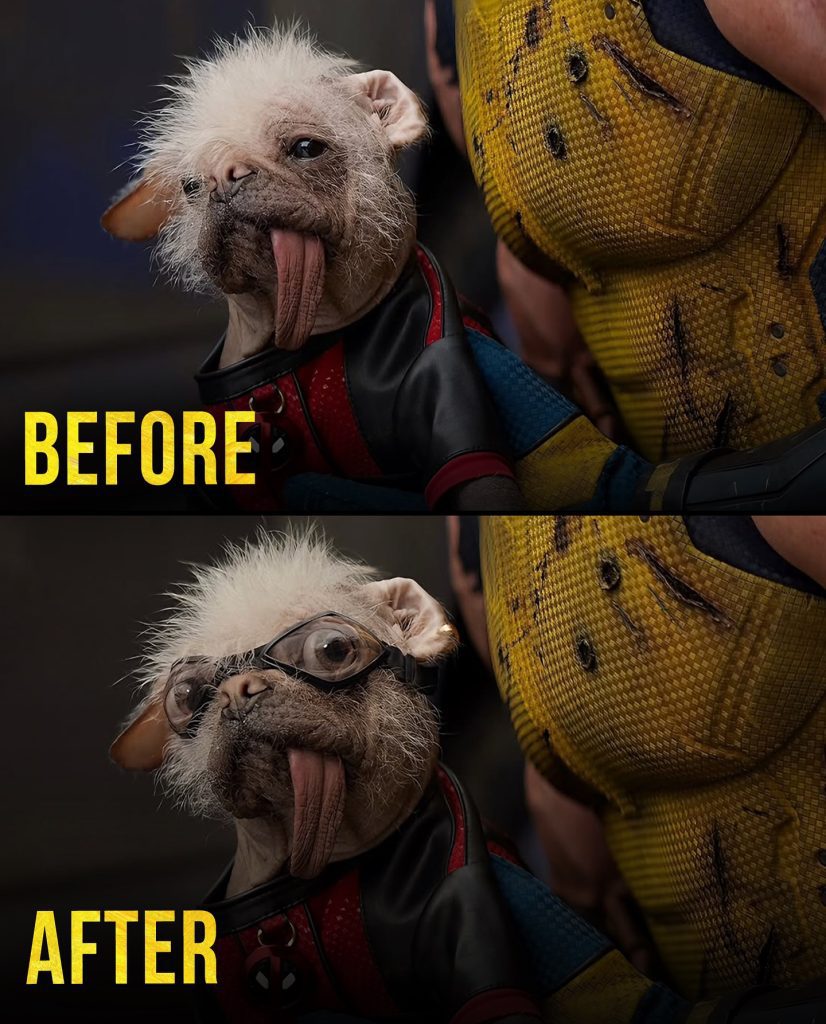
The same happens with films like Ghost Rider, where Nicolas Cage’s skull bursts into flames as he becomes the demonic rider. On set, there’s no fire, no heat — just Cage in a skull-cap, performing against a backdrop of blue screens. Later, animators add fire simulations that move with his emotions, smoke that dances with the wind, and glowing embers that make you feel his curse.

It’s that kind of transformation — from human to myth, from empty stage to living world — that defines modern filmmaking.
A typical blockbuster today carries between 2,000 and 3,000 VFX shots. That means nearly every second of what you see has been digitally altered, enhanced, or built from scratch. Even simple moments — a city skyline, a moving car, a sunset — are often CGI composites. The realism is so advanced that audiences no longer notice. We assume it’s real because our brains want to believe in what we’re watching.

But the creation of that illusion is one of the most collaborative art forms on Earth. A single film might send its VFX work to 20 or 30 different studios across the globe. One team handles fire and explosions. Another focuses on creature movement. A third refines textures like skin pores, metal reflections, or the flicker of torchlight. Each artist works on tiny details, sometimes just a few seconds of footage.
All of that data — sometimes hundreds of terabytes — must sync perfectly so that when it’s stitched together, it looks like it all happened at once.
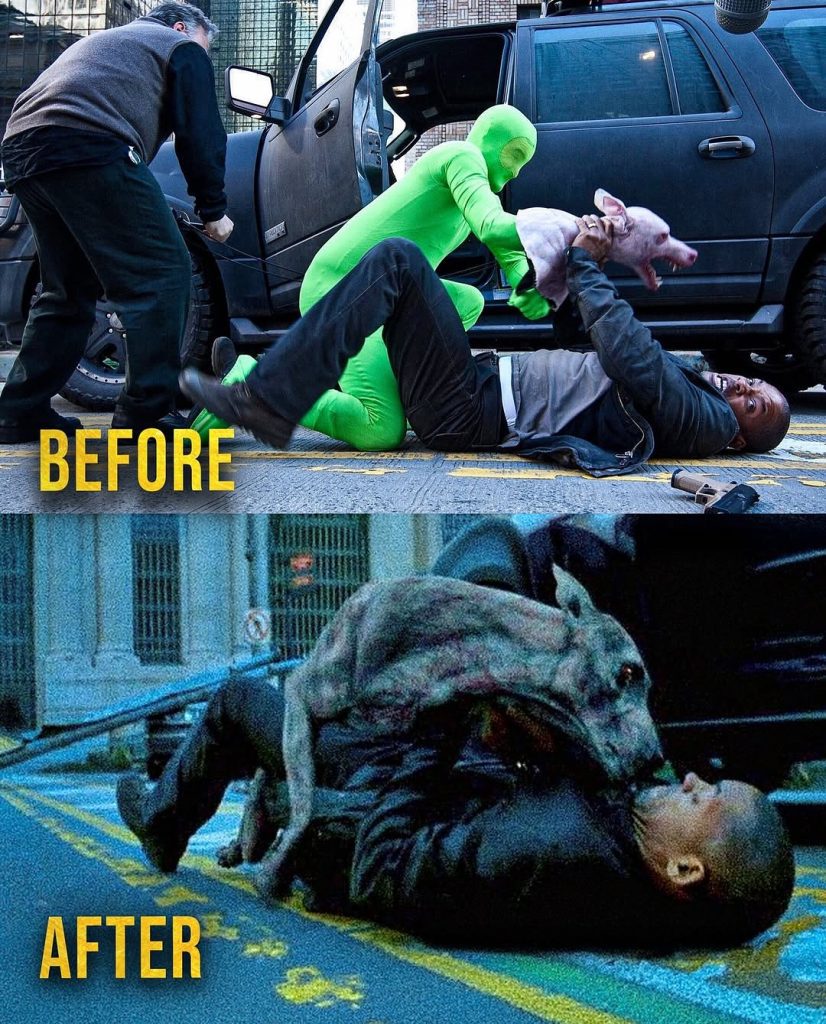
Movies like Avatar pushed this concept to the limit. Director James Cameron didn’t just film actors in suits; he built entire ecosystems inside computers. Every leaf, ripple of water, and strand of hair on a Na’vi character was simulated through layers of mathematical algorithms and lighting equations. What began as simple motion-capture data became an entire world audiences could emotionally connect to.

But CGI wasn’t always this seamless. In the early 1990s, films like Jurassic Park and Terminator 2: Judgment Day were among the first to make people truly believe digital effects could feel alive. Before that, visual effects relied on practical models, animatronics, and matte paintings — handcrafted illusions that required cameras to hide their limits. When those dinosaurs first roared onto the screen, they weren’t just monsters; they were proof that computers could make audiences feel awe, fear, and wonder.
Since then, CGI has evolved from experimental technology into the backbone of modern storytelling. It’s not just used for fantasy or sci-fi anymore — it’s in dramas, comedies, and historical films too. Crowds, landscapes, old cities, even facial aging — all of it is enhanced or entirely built through VFX.

Marvel’s superhero universe, for instance, is a masterclass in digital production. Nearly every scene you see — from Tony Stark’s armor to the cities destroyed in battle — is computer-generated. When Robert Downey Jr. delivers his final line as Iron Man, surrounded by swirling dust and cosmic light, it’s an emotional moment powered by pixels, not pyrotechnics.
And yet, the human performance always remains the anchor. No matter how powerful the technology gets, it needs emotion to feel real. That’s why motion capture has become such a critical part of the process. It doesn’t replace acting — it amplifies it. When an actor cries, flinches, or whispers, those tiny gestures are recorded and translated into the digital model. The result is something extraordinary: characters that can exist only in imagination, yet move with a heartbeat that feels human.

Of course, CGI also has its critics. Some argue that it’s made movies too artificial, that overreliance on visual effects can dilute storytelling. And there’s truth to that — not every movie uses it wisely. But at its best, CGI doesn’t replace creativity; it expands it. It lets directors show what could never be built physically — like the bending streets of Inception, the dream worlds of Doctor Strange, or the cosmic realms of Interstellar.
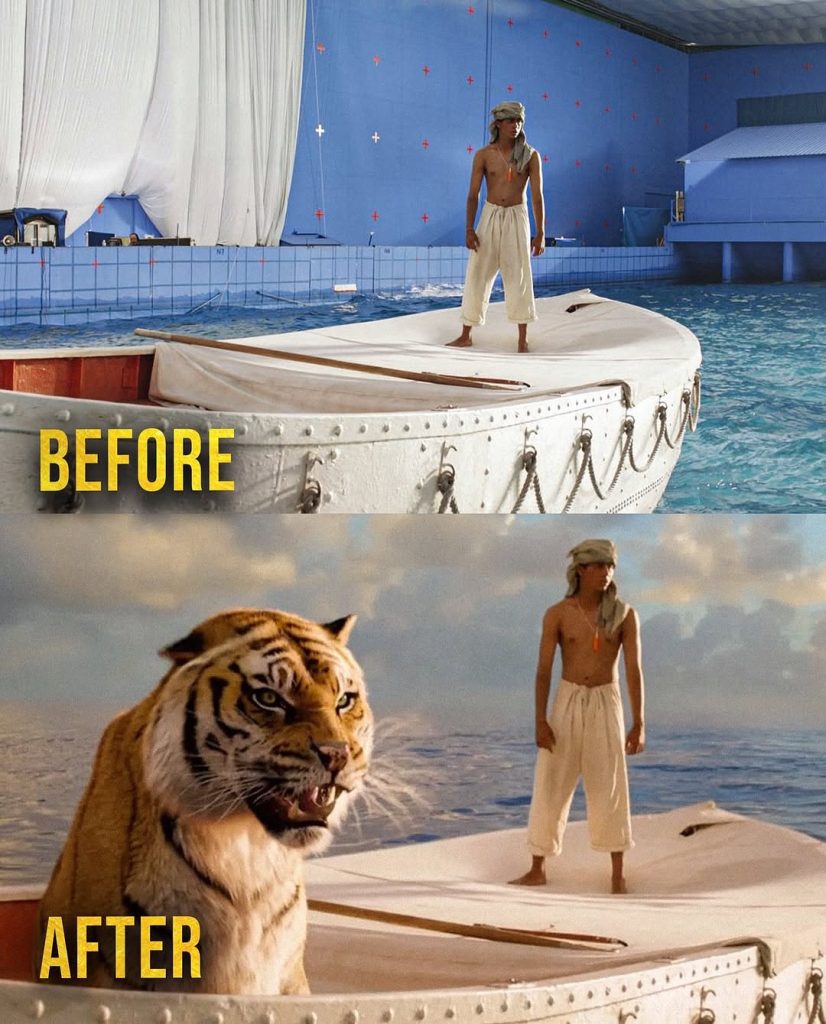
The artists behind these visuals are often invisible, but their fingerprints are everywhere. A single frame can take hours or days to render. Lighting specialists ensure shadows move realistically. Simulation artists calculate how cloth or water behaves under gravity. Texture artists design every wrinkle and surface detail. They are the unseen storytellers who make impossible scenes feel alive.
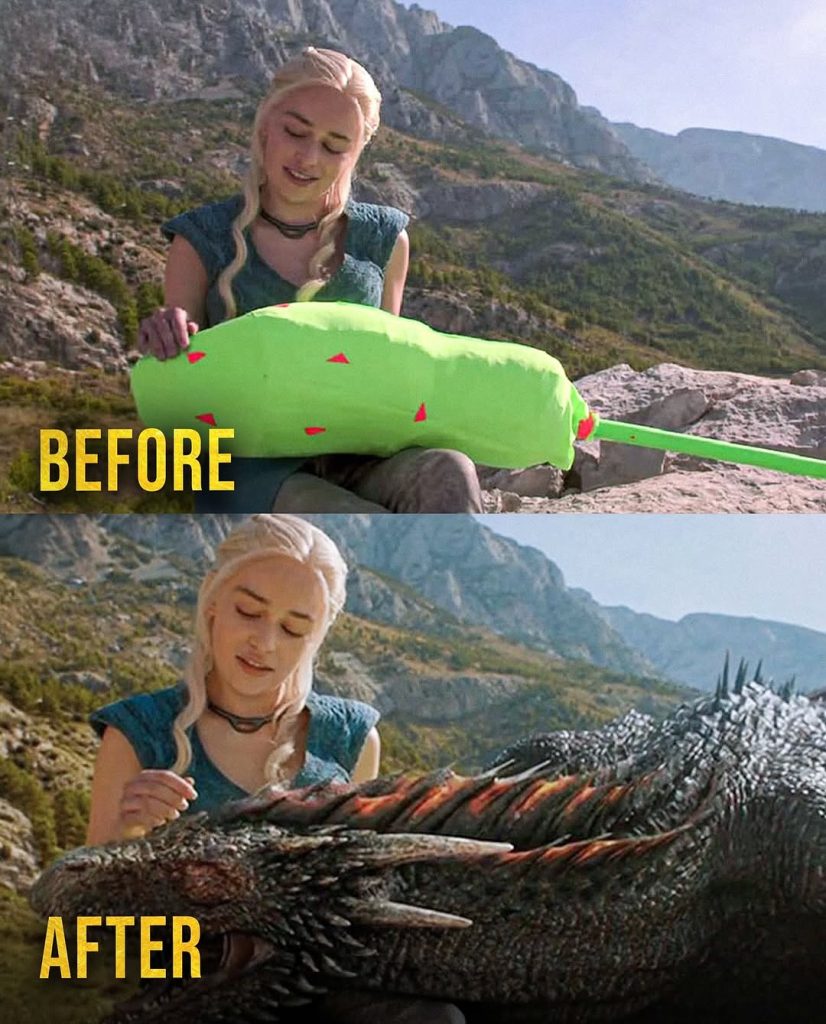
When you look at those “before and after” shots — an actor crouched in a blue suit becoming Gollum, or a stuntman painted black turning into Ghost Rider — you’re not just seeing special effects. You’re seeing layers of dedication. You’re seeing how human imagination collaborates with machines to make people believe in worlds that don’t exist.
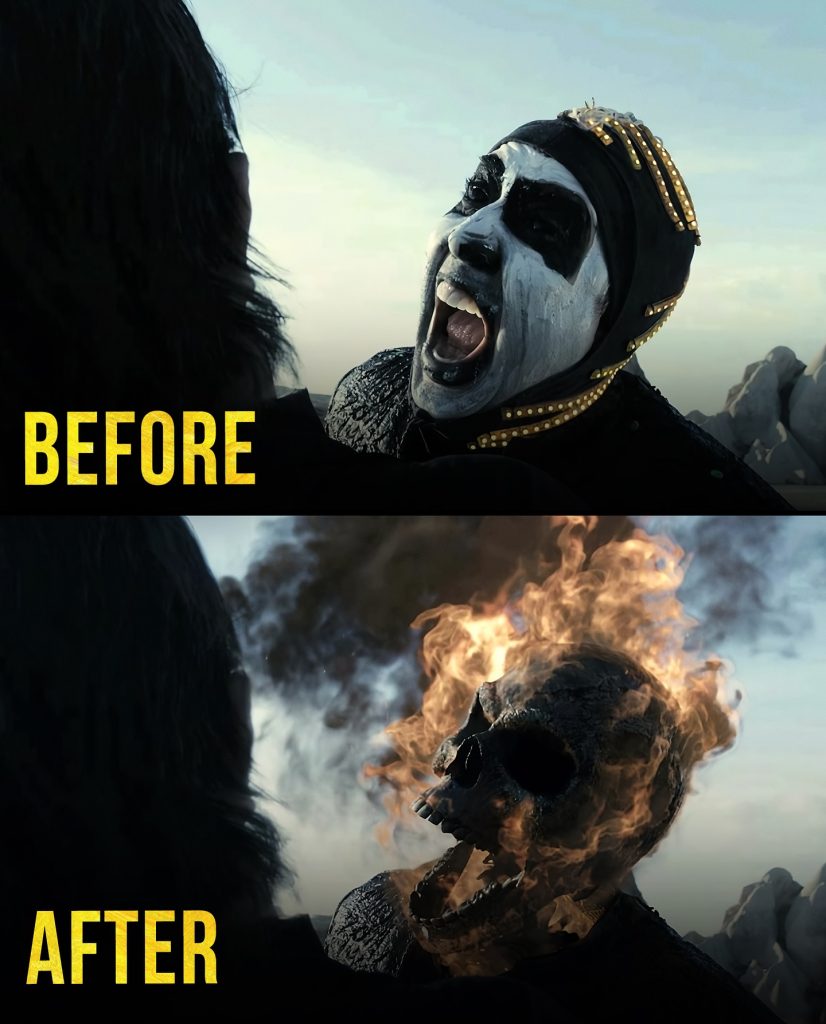
And maybe that’s why CGI, for all its technical brilliance, remains emotional at its core. It’s not about tricking the audience — it’s about transporting them. It’s the bridge between what’s real and what we wish could be real.
For the people creating it, it’s not just software or code. It’s storytelling through light, color, and motion. They spend months adjusting the glint in an eye, the reflection in a puddle, the shimmer of armor — all to make a few seconds feel perfect.

The next time you see an actor surrounded by green screens or wearing a motion-tracking suit covered in dots, remember that you’re looking at the first half of a masterpiece. The second half — the one that fills your screen with life, fire, and magic — happens quietly, long after filming ends.
CGI isn’t replacing cinema’s soul. It’s reshaping it. From roaring dinosaurs to talking raccoons, from burning skulls to blue-skinned aliens, it keeps reminding us that the line between imagination and reality is only a few pixels wide — and it’s still moving closer every year.

